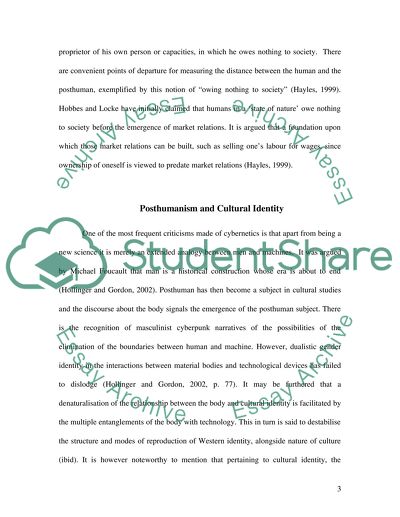Cite this document
(“Posthuman Figures Movie Review Example | Topics and Well Written Essays - 2000 words”, n.d.)
Posthuman Figures Movie Review Example | Topics and Well Written Essays - 2000 words. Retrieved from https://studentshare.org/philosophy/1518118-posthuman-figures
Posthuman Figures Movie Review Example | Topics and Well Written Essays - 2000 words. Retrieved from https://studentshare.org/philosophy/1518118-posthuman-figures
(Posthuman Figures Movie Review Example | Topics and Well Written Essays - 2000 Words)
Posthuman Figures Movie Review Example | Topics and Well Written Essays - 2000 Words. https://studentshare.org/philosophy/1518118-posthuman-figures.
Posthuman Figures Movie Review Example | Topics and Well Written Essays - 2000 Words. https://studentshare.org/philosophy/1518118-posthuman-figures.
“Posthuman Figures Movie Review Example | Topics and Well Written Essays - 2000 Words”, n.d. https://studentshare.org/philosophy/1518118-posthuman-figures.


